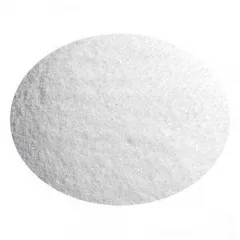Ultra-fine grinding of silica can be achieved by silica wet grinder porous silica
Silica is a not natural compound and among one of the most important compounds of silicon. It exists in nature in crystalline kinds (such as quartz, cristobalite, chalcedony, agate, opal, and so on) and non-crystalline particle, irregular or lumpy kinds. Silica is insoluble in water and does not respond with water, however it can react with antacids to develop silicate and water. On top of that, silica also has a high melting factor, firmness, and chemical security, which makes it extensively utilized in many fields.
In industrial manufacturing, silica is generally used to make glass, water glass, ceramic, enamel, refractory products, airgel really felt, ferrosilicon molding sand, important silicon, cement, etc. Additionally, individuals additionally utilize silica to make the shaft surface area and carcass of porcelain.
(Fused Silica Powder Fused Quartz Powder Fused SiO2 Powder)
Ultrafine grinding of silica can be achieved in a range of methods, consisting of dry round milling using a worldly sphere mill or damp vertical milling. Global round mills can be geared up with agate sphere mills and grinding rounds. The completely dry sphere mill can grind the typical bit dimension D50 of silica product to 3.786 um. In addition, damp vertical grinding is one of one of the most effective grinding approaches. Since silica does not respond with water, damp grinding can be executed by including ultrapure water. The damp vertical mill equipment "Cell Mill" is a new type of grinder that incorporates gravity and fluidization modern technology. The ultra-fine grinding modern technology made up of gravity and fluidization totally mixes the products through the rotation of the mixing shaft. It collides and contacts with the medium, resulting in shearing and extrusion so that the product can be efficiently ground. The median fragment size D50 of the ground silica material can reach 1.422 um, and some bits can get to the micro-nano degree.
Distributor of silicon monoxide and silicon sulphide
TRUNNANO is a supplier of surfactant with over 12 years experience in nano-building energy conservation and nanotechnology development. It accepts payment via Credit Card, T/T, West Union and Paypal. Trunnano will ship the goods to customers overseas through FedEx, DHL, by air, or by sea. If you want to know more about porous silica, please feel free to contact us and send an inquiry.
Inquiry us [contact-form-7 id="26" title="tongrun-form"]






